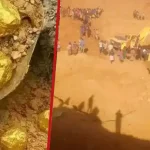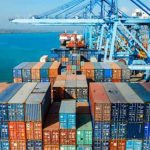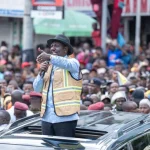In response to eyewitness claims that Dennis Kasyoki could have survived had a crane been deployed immediately, the Kenya National Highways Authority (KeNHA) has defended its policy. An eyewitness said Kasyoki remained alive for about 30 minutes after his crash but rescuers could not bring in a crane because of KeNHA’s rules. Tuko.co.ke – Kenya news.+1
KeNHA acknowledged that the movement of heavy recovery equipment at night is regulated under the East African Community Vehicle Load Control (Special Loads) Regulations, 2018 – Regulation 11(3). The policy is intended to reduce risks, especially under low visibility when using large machinery on highways. Tuko.co.ke – Kenya news.
However, the authority clarified that in emergencies, the crane owner can contact KeNHA to seek permission. A weighbridge patrol may accompany the machinery to provide safety during recovery operations. KeNHA emphasized its main priority is public safety and preserving life. Tuko.co.ke – Kenya news.
The tragic crash occurred near Green Park on the Nairobi-Mombasa highway, where Kasyoki’s vehicle was reportedly crushed under a trailer after overtaking maneuvers. Tuko.co.ke – Kenya news.+1









